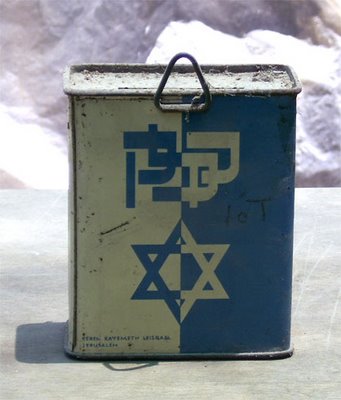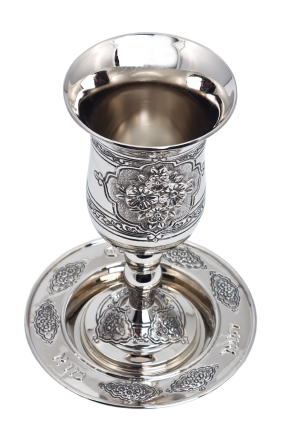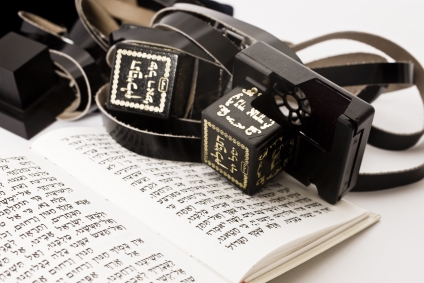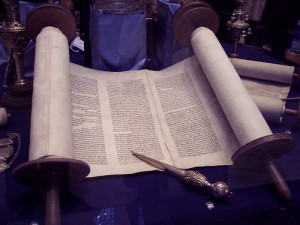Kabbalah (Jewish Mysticism)
Written by Zev on April 14, 2011 – 12:53 pm -
In Judaism the word Kabbalah in common form means to receive, and in fact in Modern Hebrew, one would interpret the word as “receipt”. If you bought something in a store, you would be given a “Kabbalah” as receipt of purchase.
Yet for those who sincerely believe in the power of Kabbalah, it has a much deeper significance. To its many followers throughout the World, Kabbalah stands for immeasurably more.
(more…)
Tags: bracelet, Hamsa, kabbalah, mysticism
Posted in Judaica | No Comments »
Purim
Written by Zev on April 14, 2011 – 11:30 am -
Purim is one of the more raucous celebrations celebrated by the Jewish people, commemorating their liberation from the evil emperor Haman ruler of the ancient Persian empire. At this point in history, the Jewish people found themselves living in Persia as unwilling exiles from the Kingdom of Judah.
(more…)
Tags: esther scroll, grogger, megillah, purim, rattle
Posted in Festivals | No Comments »
Rosh Hashanah
Written by Zev on April 14, 2011 – 10:19 am -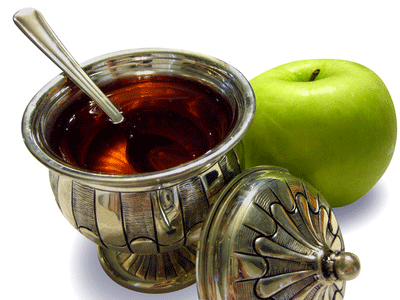
The Jewish New Year or Rosh Hashanah as it translates into Hebrew, although the literal translation for Rosh Hashanah is “Head of the Year”
Rosh Hashanah falls during the month of Tishrei, and always ten days before the Day of Atonement (Yom Kippur). Rosh Hashanah and Yom Kippur are regarded by most as the most important days in the Judaic calendar, and are generally known as the Days of Awe or Yamim Nora’im, in Hebrew. Jews in the Diaspora normally will refer to Rosh Hashanah and Yom Kippur as the High Holidays.
(more…)
Tags: apple, honey, jewish new year, pomegranate, rosh hashanah, shofar
Posted in Festivals | No Comments »
The Shabbat Table
Written by Zev on July 26, 2009 – 10:27 pm -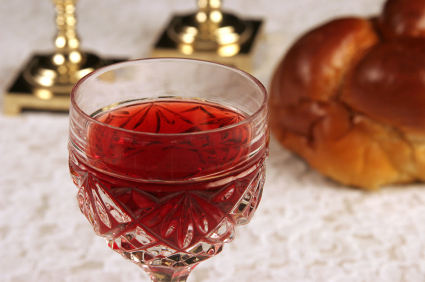
Honoring the Sabbath day, known as Shabbat in Hebrew, is considered the most important observance in Judaism.
The order to celebrate Shabbat originates in the ten commandments handed down to Moses by God on Mount Sinai. The fourth commandment (Exodus 20: 8-11; Deuteronomy 5: 14-15), translated from Hebrew, reads “Remember [observe] the Sabbath day and keep it holy”.
For Jewish people, the celebration of Shabbat honors God for creating the world in six days and resting on the seventh day. Jews around the World celebrate the day of rest and relaxation in many ways, each according to how they interpret their religion.
Shabbat commences at sunset on Friday evening and ends on Saturday at Sunrise. The duration of Shabbat should be around 25 hours, and according to the Torah, Motzeh – the end of Shabbat – begins when there are three stars in the sky.
Tags: shabbat
Posted in Festivals | No Comments »
About Tzedakah Boxes
Written by Zev on May 1, 2009 – 12:31 am -A long running tradition celebrated in Judaism is the practice of Tzedakah. A literal translation of the word Tzedakah to English is “righteousness” yet for most Jewish people it is equivalent to “charity”.
Jewish people often give Tzedakah as a way to thank God, for example, after a loved has recovered from illness, survived an accident or simply to celebrate a happy occasion such as a birth in the family or a marriage. This act of giving is one of the greatest “mitzvahs” that can be performed in the Jewish faith.
Tags: charity, tzedakah
Posted in General, Judaica | No Comments »
Kiddush Sanctification of Shabbat
Written by Zev on April 19, 2009 – 10:49 pm -On Friday night, when the Sabbath begins, the Kiddush ceremony is carried out before sitting down to the Sabbath meal.
Kiddush, literally meaning “sanctification”, is a blessing recited over wine or grape juice to sanctify the Shabbat or a Jewish holiday. The Torah refers to two requirements concerning Shabbat – to “keep it” and to “remember it” (shamor and zakhor). Jewish law therefore requires that Shabbat be observed in two respects. One must “keep it” by refraining from thirty-nine forbidden activities, and one must “remember it” by making special arrangements for the day, and specifically through the Kiddush ceremony.
Reciting Kiddush before the meal on the eve of Shabbat and Jewish holidays is thus regarded as a commandment from the Torah (as it is explained by the Oral Torah). Reciting Kiddush before the morning meal on Shabbat and holidays, however, is a requirement of rabbinic origin. Kiddush is not usually recited at the third meal on Shabbat, although Maimonides was of the opinion that wine should be drunk at this meal as well.
The term Kiddush is also used to refer to a ceremonial meal served at a synagogue following the recitation of Kiddush at the conclusion of services, in which refreshments are served. Traditionally, this often includes cake, crackers, and fish.
Tags: kiddush, shabbat
Posted in Judaica | No Comments »
The Tefillin
Written by Zev on April 13, 2009 – 1:54 pm -The donning of Tefillin represents for Jewish people probably the most sacred and important tie that binds them to their religion and God. They have been worn by Jews for thousands of years. In the early Talmudic times, they were worn all day. However in modern Judaism they are only worn during morning prayers.
The Tefillin consists of two cube-shaped leather boxes – one worn on the head and the other on the arm. Tefillin have leather straps that are fixed to them to allow them to be wound around the head and the arm. The tefillin’s black boxes are known in Hebrew as batim or ‘houses’ in English. The boxes contain four Pentateuch passages.
According to the Torah, Tefillin are worn to remind Jews that God brought the children of Israel out of Egypt.
Tags: prayer, tefillin
Posted in Judaica | No Comments »
The Passover (Pesach)
Written by Zev on March 19, 2009 – 12:00 pm -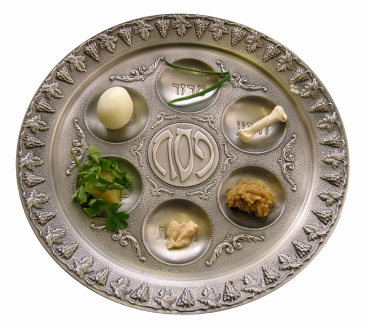
Passover, otherwise known as the spring festival, celebrates the exodus of the Jewish people from captivity and slavery by the Egyptians. According to Jewish law, Passover begins on 15 Nisan, lasting for seven days in Israel and eight for Jews living in the Diaspora.The literal translation for Passover or Pesach in Hebrew derives from when God when slewing the first-born (Exodus 12: 23) as the last of the eight curses imposed upon the Egyptians to passed over the houses of the children of Israel. In modern times, within the Diaspora, the festival came to be known as Passover, although many Jews refer to the festival as the Hag Ha-Matzot, meaning ‘the Festival of Unleavened Bread’.
Tags: matzah, passover, pesach, seder
Posted in Festivals | No Comments »
The Havdalah Ceremony
Written by Zev on March 16, 2009 – 2:44 am -Havdalah is a Jewish ceremony that is performed to mark the end of Shabbat, and many other festivals that are part of the Jewish calendar. It is best described as marking the transition from the ‘holy’ back to the ordinary.
Whilst being a short and simple ceremony, is one that has great significance in the Jewish religion. Havdalah when literally translated from Hebrew to English means “to differentiate”.
Tags: ceremony, havdalah, shabbat
Posted in General | No Comments »
All About Torah Scrolls (Sefer Torah)
Written by Zev on February 2, 2009 – 9:08 pm -The holiest and thus by nature the most important book in the Jewish religion is the Sefer Torah – the Hebrew Bible. For as long as the Jewish people of the World have celebrated and studied their religion, the scrolls of the Sefer Torah have always been their focal point.
(more…)
Tags: bible, scroll, sefer torah, tanach, torah, torah pointer, torah shield, yad
Posted in Judaica | 1 Comment »


